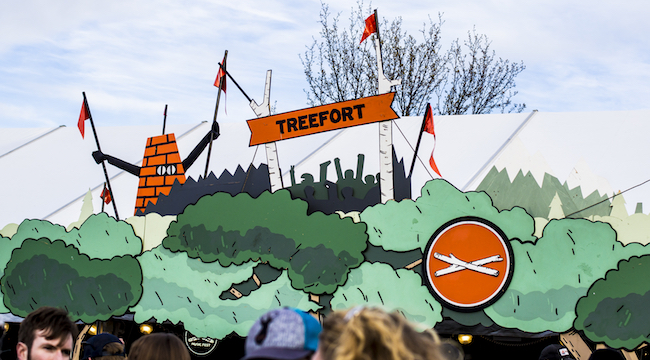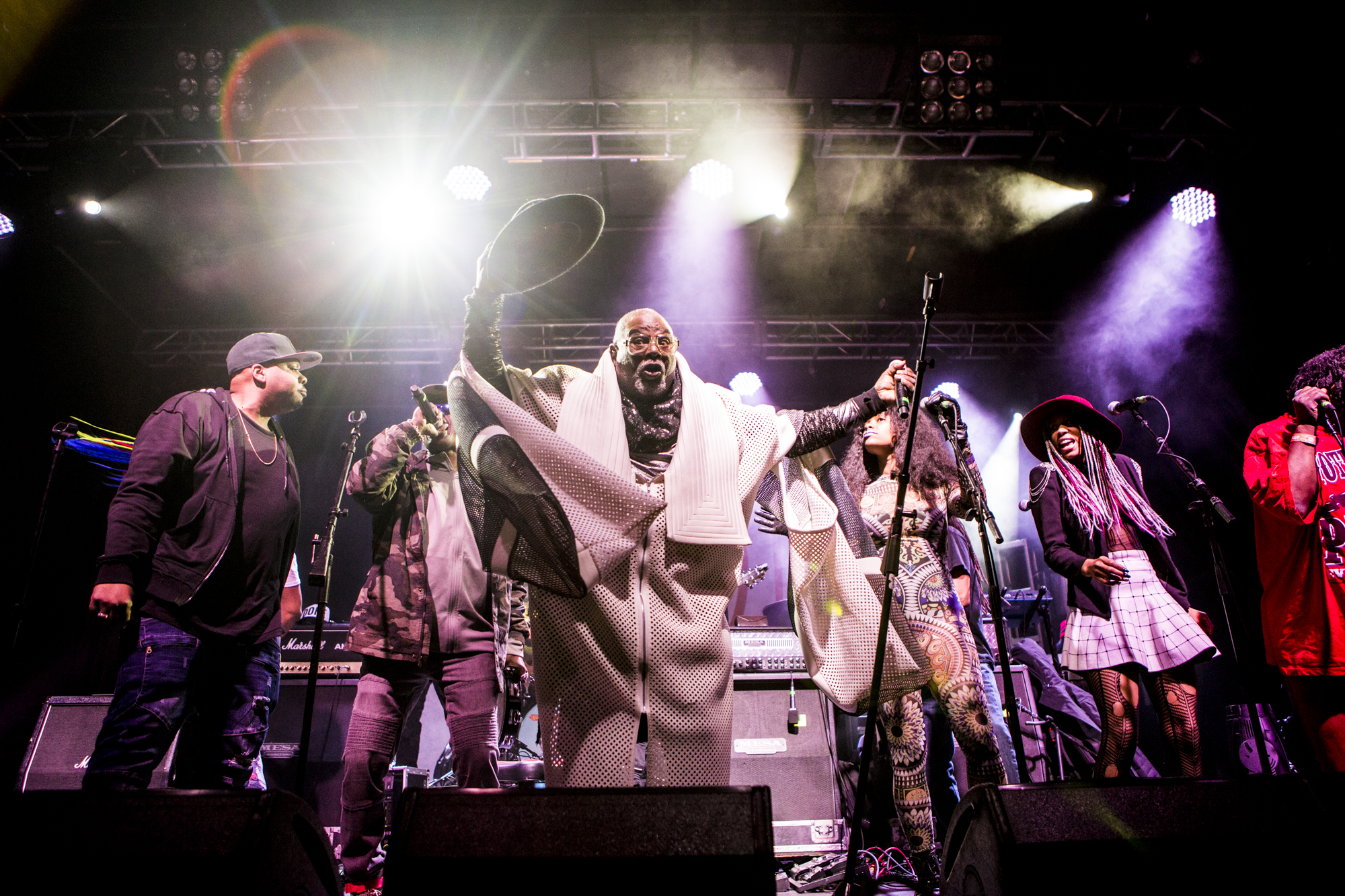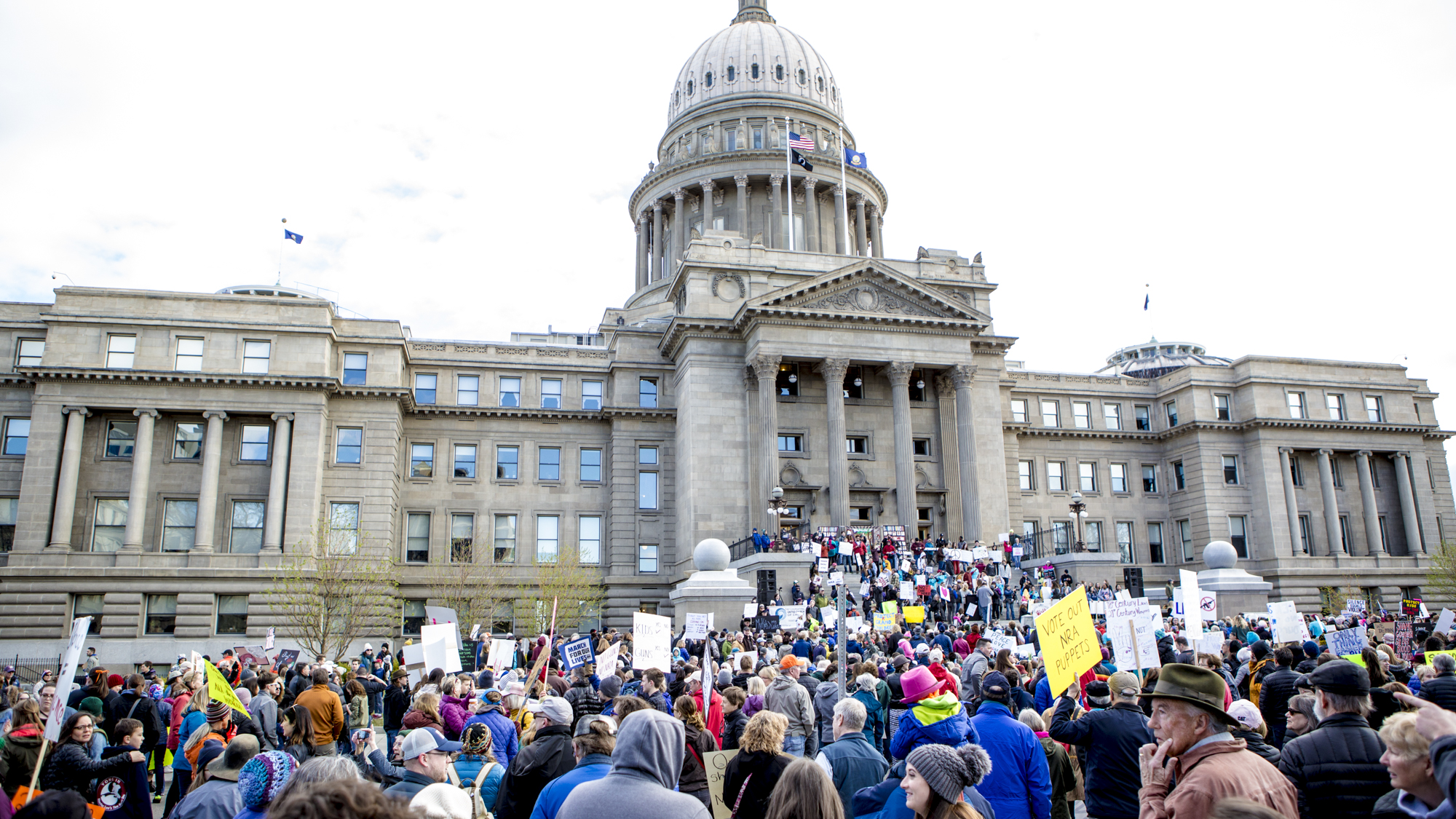
Just last week, it happened again. When Lollapalooza announced its 2018 lineup for its Chicago festival, one glaring issue was instantly evident to anyone with a shred of common sense. The first 14 acts on the poster all featured men as their leaders, with the first woman coming at spot 15 in the form of Chvrches’ Lauren Mayberry.
It is unfortunate for many reasons, with the voices of all those who scream for better representation on festival lineups seemingly going unheard by the biggest players in the industry. In Lollapalooza’s case, it also wiped out anything that was good about their lineup, namely that when compared to the other major American Music festivals of 2018, it had managed to come up with a bill filled with artists that felt very much of the moment. But who cares about that when they forget to invite the women?
But not all festivals fall into this same trap. It often times tends to be smaller, more thoughtfully curated events that don’t get a ton of national press that rise above the norm and set the standards for how music fests should look. Just this week in Boise, Idaho, one of these festivals kicked off its seventh year. When the festival producer, Lori Shandro Oüten, spoke from the stage on Friday, she remarked that it could have been called lucky number seven for Treefort Music Festival, if not for the fact that the other years had been pretty lucky, too. But here in year seven, Treefort was an event that had figured out how to have a diverse, fascinating lineup that had no problem attracting crowds. The artists ranged from legends to buzzy newcomers, Russian political refugees to part-time American motivational speakers, local heroes to first-time visitors.
Maybe the best part of the music bill that Treefort put together this year is that it didn’t feel like an attempt at inclusiveness. And that’s the thing, festivals can easily have broad representation with the sense that they compromised any aspect of their festival’s identity. The top-billed artists — George Clinton & Parliament Funkadelic, Andrew W.K., Princess Nokia, Pussy Riot, Rapsody, Cults, Zola Jesus, Oddisee & Good Company, and Lido Pimienta — offered up just a single white male in their midst. It’s actually a rare occurrence that a festival features more women than men at the top of their poster, but there wasn’t just diversity in genders and race, there was also a fascinating diversity of sound. Rap, funk, punk, rock, and other artists who are less easy to classify were all featured prominently. In all, it is a lower-key representation of what is possible with festivals show some imagination, legwork, and a commitment to being the change that needs to occur.

Interestingly, the real star of Treefort Music Festival is Boise itself. For anyone unfamiliar with the Idaho state capitol, the likely perception is that it is merely a blip on a map, the place with the blue football field, a likely quiet town without much in the way of culture or attractions. But Boise is so much more than that. Along with the blue field of Boise State comes the young vibrancy typical of college towns. But even the word “town” feels insufficient for a city of more than 200,000 people. Boise falls in the sweet spot of being big enough to house ample satisfying options for cuisine, hotels, and activities while also giving its residents and visitors the feeling of calm and space. For someone from LA or similar urban sprawls, it is very easy to fall in love.
It helps that Boise puts its best foot forward at Treefort. Hundreds of locals volunteer their time and services to make the festival possible. As Shandro Oüten noted, the event simply wouldn’t be financially feasible without the generosity of Boise’s residents and its many sponsors. In that, the event very much feels for the local residents.
While its downtown Main Stage certainly drew large crowds for its biggest headliners — Parliament, Andrew W.K., a fill-in closing set from local heroes Built To Spill — there were just as massive of turnouts for its non-musical programming, including the big favorite of Alefort. Forts of all sorts received their fair due — Filmfort, Storyfort, Hackfort, Comedyfort, frickin’ Yogafort — and served the community with a weeklong celebration of everything excellent that Boise does well, while attracting plenty of out-of-town talent to give the city a reason to cheer. It all folded naturally into the city’s infrastructure, servicing the local establishments of venues, eateries, and storefronts with foot-traffic booms. In some cities, festivals can feel like a burden. At Treefort in Boise, it was quite the opposite.
So what will I remember most from Treefort 2018? I will remember the excellent meals I had away from the festival at some of the city’s most wonderful establishments, including about five times that I went to Manfred’s for garlic soup, the low-key elegance of the cuisine at Juniper, the singular taco creations at Calle 75 Street Tacos, and unparalleled hominess of the sandwiches at Tasso. I will remember the positivity that spilled out of the venues as massive lines formed to see appearances from Pussy Riot at El Korah Shrine and U.S. Girls at the Linen Building. Surely, some frustration could have formed as fans waited patiently to see these acts, but instead, singalongs occurred, with the lines serving as hints that the inside venues were packed full of the size of audiences that the artists deserved.
Even better were the streets outside of the Main Stage area during George Clinton’s set, with even those who didn’t pay to see the legend happy to dance on nearby streets as his beloved songs filled the air. It felt like the entire city of Boise had something to gain from Treefort’s presence, not just the hip youth that spent their entire days securing the best viewing spot. It made sense that the printed motto that was prevalent around the fest read “Treefort Is For Everyone.”

But the biggest moment of the weekend wasn’t even related to the festival. On Saturday, along with cities all over the country, Boise participated in March For Our Lives. I was invited to tag along with LA punk band The Regrettes who were determined to show their support to the cause despite feeling under the weather. Without knowing what to expect from a city in a state that saw nearly 60% of its population vote for Donald Trump in the last election, I couldn’t help but be overwhelmed by the thousands of people that descended on the capitol building to march the streets of Downtown Boise. It wasn’t just the same people that attended the festival that armed themselves with signs calling for a ban on assault weapons and background checks for all guns. It was the elderly, children, dogs, hunters, liberals, conservatives — resulting in a feeling of pride and faith in my fellow humans was, simply, unforgettable.
Shortly after the march, I was doing a little browsing the sale items at a nearby West Elm when a 50-something man patted me on the shoulder and said he was standing next to me at the march. The sense of community was strong, and extended to people from different parts of the country, with different life experiences, all holding a similar respect to the sanctity of life. It rooted Treefort in something even bigger than art. It gave Treefort meaning beyond what organizers could have even hoped.
Surely people in cities all across the country felt a similar sense of inspiration by the young people that took to microphones to demand action from legislators on Saturday. But at Treefort in Boise, it was just one of many examples from a city determined to buck expectations and showcase that there are people that care about representation, diversity, and progressive ideas in even the less reported on corners of the nation. The musical lineup spoke wonders about what a special thing that Boise and Treefort have going. The bigger festivals of the world, the ones that claim that female acts don’t sell or that it isn’t feasible to craft an inclusive, diverse lineup have a lot to learn from a festival like Treefort. These festivals are what you build them to be. They are only limited by the walls you create for yourself.






